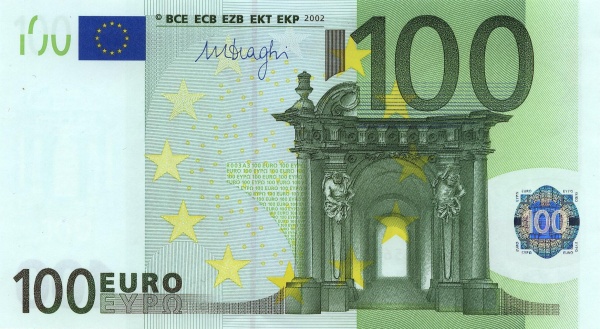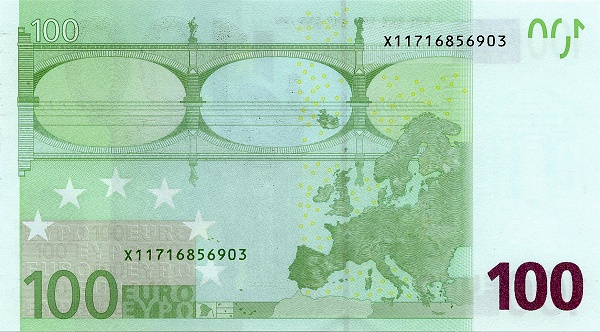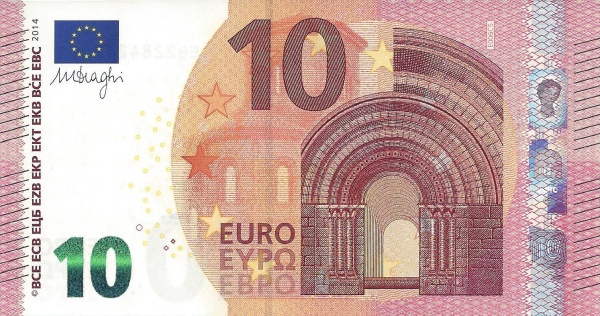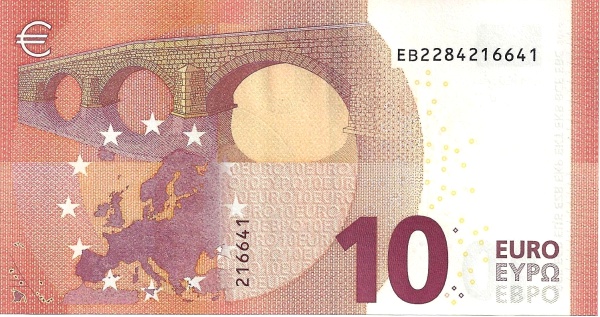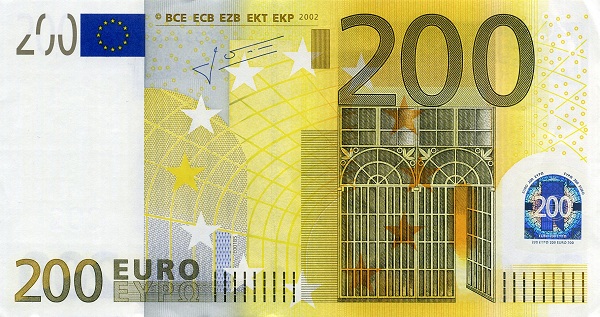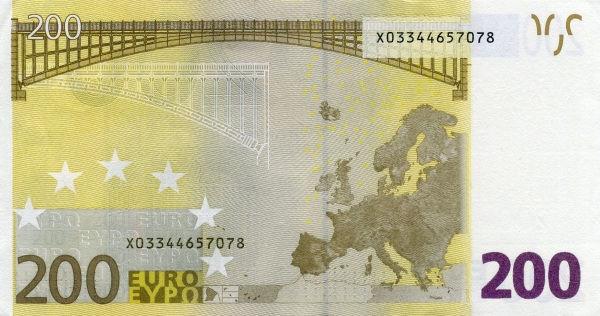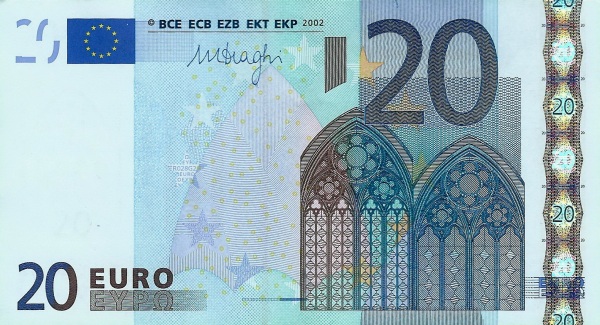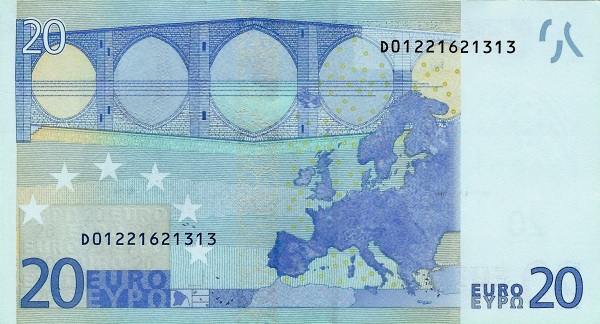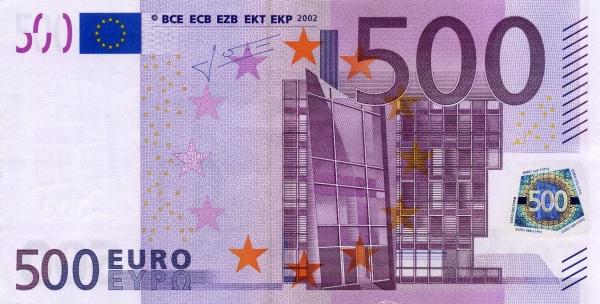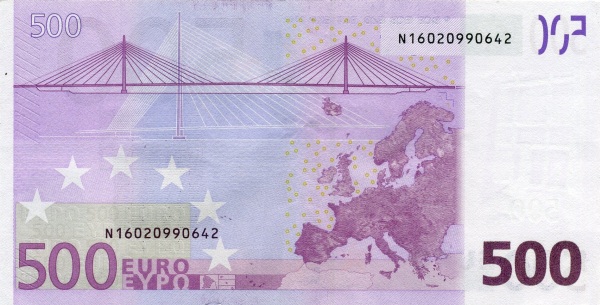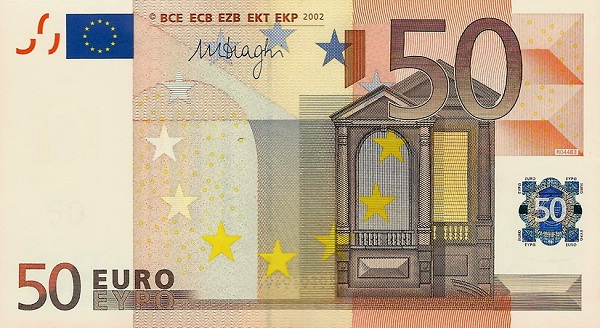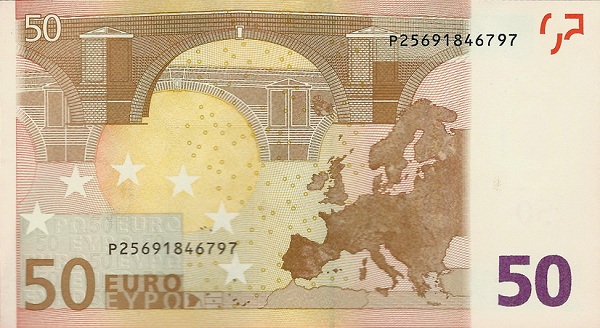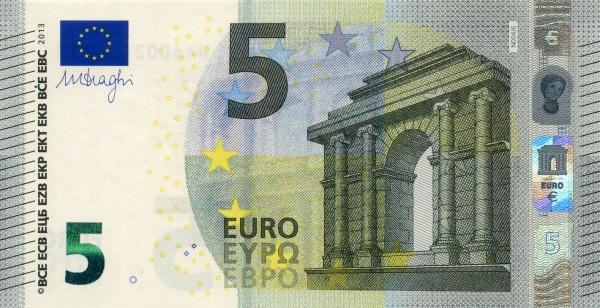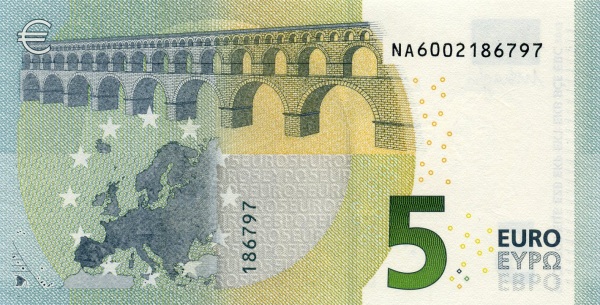Discovering Malta: A Mediterranean Gem
Malta, officially known as the Republic of Malta, is a captivating archipelago nestled in the Mediterranean Sea. This picturesque destination comprises three primary islands: Malta, Gozo, and Comino. Interestingly, Malta lies approximately 100 kilometers south of Sicily and east of Tunisia. The strategic location of this small island nation has historically made it a significant point of interest for various empires and cultures.
The Unique Geography of Malta
With an area of just 316 square kilometers, Malta is one of the smallest countries in Europe, yet it boasts a rich tapestry of history and culture. To put this in perspective, Malta is roughly twice the size of Washington, D.C., and could fit into Luxembourg eight times. The main island, Malta, serves as the heart of this archipelago, while the smaller islands of Gozo and Comino offer stunning landscapes and tranquil retreats.
The People of Malta
As of 2020, Malta has a vibrant population of approximately 515,000 inhabitants. This remarkable density makes Malta one of the most densely populated countries in the world. Both Maltese and English are widely spoken, reflecting the nation's historical ties and diverse influences. The capital city, Valletta, serves not only as the political nucleus but also as a cultural hotspot, filled with beautiful architecture and historical landmarks.
The Rich History of Malta
Delving into the history of Malta unveils a narrative of conquest and resilience. Throughout the centuries, Malta has captured the attention of various powers due to its advantageous position in the Mediterranean. Initially, it held strategic significance for the Phoenicians and later for the Romans. In more recent history, Great Britain acquired Malta in the early 19th century and maintained its grip through two World Wars. Even after gaining independence in 1964, Malta continued to thrive within the Commonwealth.
From British Rule to Independence
On December 13, 1974, Malta formally declared itself a republic, a significant milestone that marked its journey towards self-determination. Over the past few decades, the island nation underwent transformative changes, evolving into a crucial freight transshipment point in the Mediterranean. Furthermore, Malta established itself as an emerging financial center, attracting investments, and fostering a vibrant tourist industry.
The Modern Infrastructure of Malta
In terms of infrastructure, Malta has greatly improved its transport and communication networks. A robust public transportation system connects remote parts of the islands, making it easier for residents and tourists alike to explore. Moreover, Malta International Airport serves as a vital hub, facilitating travel to and from mainland Europe and beyond. This interconnectedness bolsters Malta's status as a prominent tourist destination.
The Political Landscape of Malta
As a parliamentary republic, Malta operates under a political system modeled on the British Westminster framework. This structure allows for a balanced governance system where the head of state is the President of Malta, while the Prime Minister heads the government. The mixture of English common law and civil law, which draws significant influences from Roman and Napoleonic codes, creates a legal environment that is both dynamic and rooted in historical legal traditions.
Cultural Attractions and Tourism
Tourism has become a vital component of Malta’s economy. Visitors find themselves enchanted by the islands’ stunning coastal views, historic sites, and rich cultural heritage. Attractions such as the ancient city of Mdina, the megalithic temples of Ħaġar Qim, and the stunning Blue Lagoon on Comino showcase the islands' diverse offerings. Events celebrating local traditions, such as the famous Valletta Carnival, provide visitors with insights into Maltese customs and lifestyle.
Natural Wonders of Malta
Beyond its historical allure, Malta offers breathtaking natural landscapes. The coastline features beautiful beaches, rugged cliffs, and hidden coves, inviting beachgoers and adventurers alike. The islands are home to a variety of flora and fauna, making it a great destination for nature lovers and photographers. For instance, the annual migration of birds provides excellent opportunities for birdwatching, particularly in the spring and autumn months.
Conclusion: Malta's Enduring Legacy
In conclusion, Malta represents a unique fusion of rich history and modern advancement. As you explore this Mediterranean gem, you will encounter a vibrant culture, friendly locals, and stunning landscapes. Whether you are seeking historical sites, picturesque beaches, or culinary delights, Malta has something to offer everyone. This enchanting archipelago not only reflects its illustrious past but also embraces its promising future, making it a must-visit destination in the Mediterranean.
Largest cities of: Malta
| City Name | Population | Year of foundation | |
| Valletta | 5,147 | 1566 | |
| Birkirkara | 22,000 | 860 | |
| Sliema | 21,000 | 1835 | |
| Qormi | 20,000 | 1630 | |
| Mosta | 20,000 | circa 1270 | |
| Zabbar | 15,000 | 1630 | |
| St. Julian's | 13,000 | 1830 | |
| Vittoriosa | 2,600 | 1551 | |
| Mdina | 250 | circa 800 B |
Malta: Money
